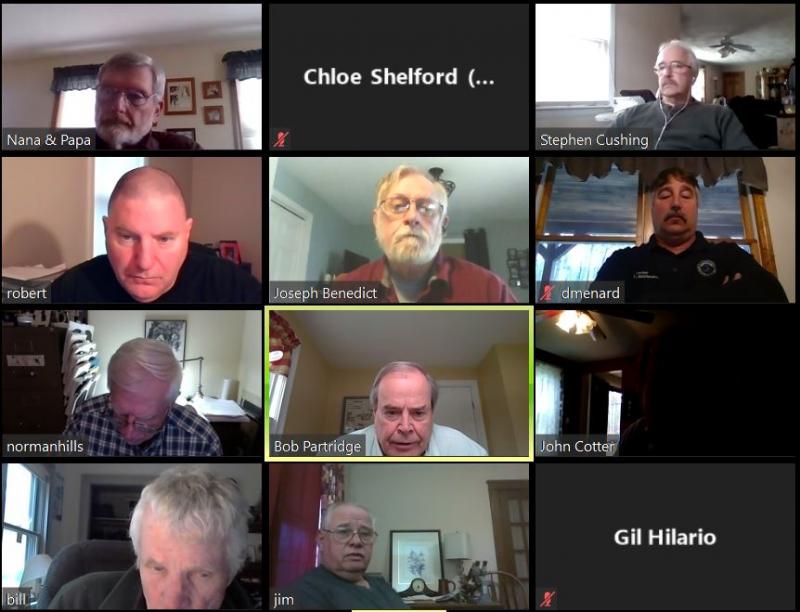Third appraisal of Rte. 28 transfer station confuses the situation
A third appraisal of the Carver Marion Wareham Refuse Disposal District’s Route 28 transfer station seems to have only further confused the situation after the first two appraisers gave the property wildly different values.
The first appraiser valued the property at $250,000, the second said it was worth $525,000, and the district’s board heard on April 29 that a third put the value at $875,000.
The refuse district is in the process of disbanding and has agreed to sell the transfer station, located in Rochester, to a buyer that could be Carver or Wareham. The appraisal is needed to set the price of such a sale.
Formed in 1975 to jointly dispose of the three towns’ trash at the SEMASS waste-to-energy facility in Rochester, the district will be dissolved at the end of this year, when the current SEMASS contract ends.
The district currently operates two transfer stations where residents can dispose of trash. Its Benson Brook transfer station in Marion is on land owned by the Town of Marion and will revert to the town. It is assumed that Wareham would have some interest in buying the Route 28 transfer station because, without it or a town-provided substitute, Wareham residents who do not contract with a private waste hauler will have nowhere to dispose of their rubbish after Dec. 31. While officials are discussing this possibility, but have not made plans public.
But determining the value of the Rte. 28 station has proved more difficult than expected.
“I think the gentlemen who did the 875 included the small buildings and put value to them. I’m not sure if the other two did, but that would still leave it at approximately $800,000,” said district director Jeffrey Osuch at a virtual meeting on March 29. “I’m not sure what you want to do at this point.”
Osuch pointed out that the middle value, $525,000, was roughly the same as the average of the three values.
“I think if you look at the low one, when that first came it sounded awfully low,” said committee member Bob Partridge, who pointed out that the lowest valuation worked out to be roughly $25,000 an acre.
The board then hired a second appraiser, but those valuations were so different they voted to hire yet another appraiser.
“If you include what the town assessors have at $664,000, and you take the average of the 525 and 875, that average is 688… so it’s very very close. I’m not sure we should average the three of them,” Partridge said. He advocated for disregarding the lowest value and averaging the higher values with the town’s assessed value.
The town purchasing the land wouldn’t cut a check for the value, but would instead see the agreed-upon price of the land deducted from its cut of the district’s assets, which will be split between its towns when it dissolves. If they owed further money, they would pay that amount, but if the value was less than the town’s share, it would be deducted from that share.
Currently, the district has nearly $900,000 in the bank, with about $100,000 still owed to the district by SEMASS. The district’s equipment is worth another approximately $300,000. The committee will likely set aside about $550,000 for projected health and retirement costs.
The delay of Town Meetings also complicates the situation as each town needs to approve the agreement to “skeletonize” the district. The committee previously voted in December to shut the transfer stations at the end of the year, but committee member and Wareham Selectman Jim Munise has filed an open meeting law complaint to challenge that vote because it was not listed on the committee’s agenda.
The board did not make a decision about the value of the property, but the committee members agreed that they did not want to commission a fourth appraisal.












